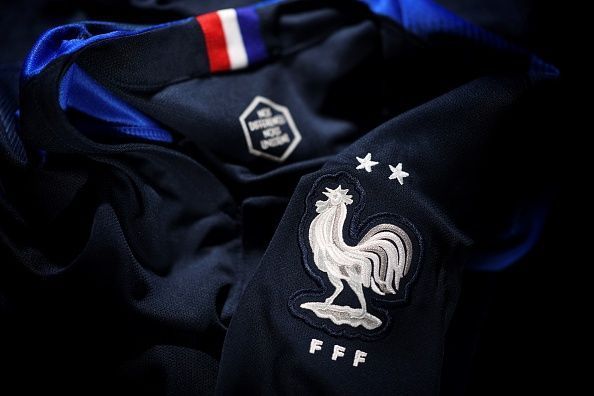
Reasons behind the recent success of Western European nations at the World Cup

France won the 2018 Fifa World Cup by defeating Croatia in the final and with that, they also confirmed a minimum 20-year drought for South American sides. For the fourth straight time, Western Europe will be the home of the World Champions. Before this trend, European teams had never won more than two World Cups in a row. The last instance was when Italy won in 1934 and 1938.
One of the most staggering facts is that this region has only 5% of the world population, but they have taken 10 of the 12 final places in the last four World Cups. The only exceptions being Argentina and Croatia. It tells the recent dominance of Western Europe at the Fifa World Cup. The rest of the world is not able to keep pace with them in football.
Western Europe has well-off leagues in comparison to their South American counterparts, but it does not play a significant role. Countries like Belgium in the 2018 World Cup, Holland in 2014 and2010, Portugal in 2006, and Turkey in 2002 have done well as national teams, without possessing a money generating league.
GDP and high population are some other factors that affect a country's performance but, if that was the reason, countries like the US, Canada, India, and China should have something to show. These nations are nowhere near the top of the footballing world.
In short, factors like having high GDP, high population and revenue generating leagues affect the nation's performance but, they are far from playing any significant part. The relative success of Western European countries compared to South America, and the rest of the world is mainly due to the existence of the proper footballing structure from the grassroots level in this region.
Western Europe tempts the young and talented kids from other parts of the world. It's not only about money, as parents usually prefer Western Europe due to the existence of proper footballing structure in the region. There is a lot of focus and investment on the bottom of the footballing pyramid.

It starts early. A six-year-old kid can join an amateur club in his/her neighborhood. Even amateur clubs in this region have satisfactory fields, able and qualified coaches who know their role perfectly and have experience in handling these young and raw talents.
Western European countries have a distinctive style of play, characterized by rapid collective passing. They mold the kids into the system right from the beginning and groom them for the future. The better kids are, the quicker they are picked up by professional clubs. It is a structure that does not exist at that density anywhere else on the earth.
The chance that the core of national teams in Western European countries is playing in the same league is very high. Spain, in the 2010 World Cup had almost all players playing at Barcelona and Real Madrid. Germany, in the 2014 World Cup had all its core players playing for Bayern Munich.
South American teams don't have this luxury, as usually, all their star player play in top clubs around Europe. They get very little time to gel together as a team, even before the World Cup. South American teams were stronger before the 1990s. In the last decade of the 20th century, the massive departure of players began and if affected the performance of their continent at the World Cup.
Western Europe is a more traditional powerhouse of football that includes names like Germany, Italy, France and Spain. Suppose if Germany, Italy or Holland fails then England, France, or Spain may come through. Meanwhile, South America has only Brazil and Argentina. If they are out, the other team does not really have a chance.
Europe has thirteen teams at the World Cup finals, while South America has 4 or 5 allocated spots for the tournament. Mathematically speaking, Europe has 40% of the total teams at the Fifa World Cup while South America has just 13 percent.
If every team has an equal chance of winning. This means that we are approximately three times more likely to get a European team winning.
Let's see if South American football strikes back.